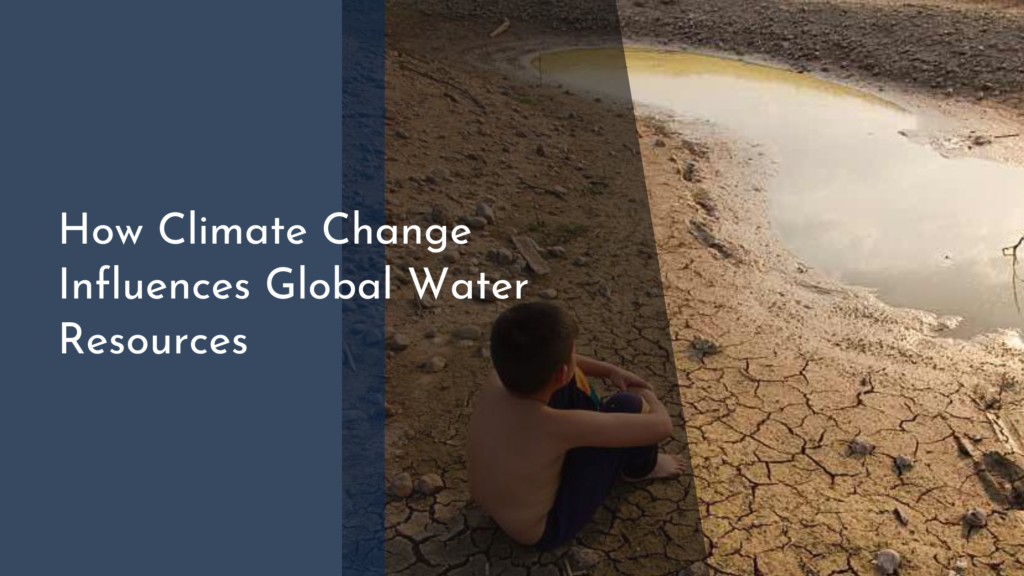The Future of Urban Floating Neighborhoods
As urban populations continue to swell, cities are increasingly confronted with the challenge of finding sustainable living solutions. One fascinating concept gaining traction is that of urban floating neighborhoods—innovative communities that rise and fall with the water levels, offering a new way to live in harmony with our changing environments. These neighborhoods promise to address not only the pressing issue of land scarcity but also to enhance the overall quality of urban life. In this article, we will explore the concept of urban floating neighborhoods, their architectural innovations, sustainable solutions, and the vibrant community life that can be found on the water.
Exploring the Concept of Urban Floating Neighborhoods
Urban floating neighborhoods represent a revolutionary approach to city planning, merging the need for housing with the challenges posed by rising sea levels and climate change. These neighborhoods are designed to float on water bodies, which can include lakes, rivers, and even coastal areas. By utilizing buoyant structures, they offer a flexible solution to land scarcity, especially in densely populated urban areas. This concept is particularly valuable for cities prone to flooding or those that have limited space for expansion, allowing for more resilient and adaptable urban environments.
The appeal of floating neighborhoods extends beyond practicality; they also offer unique lifestyle benefits. Residents can enjoy beautiful waterfront views, direct access to water-based recreational activities, and a sense of tranquility that is often missing in traditional urban living. Imagine waking up to the gentle lapping of water against your home and the ability to kayak or paddleboard right outside your door. This lifestyle not only promotes a connection with nature but also fosters a sense of community as residents share these idyllic surroundings.
Innovative Designs: The Architecture of Floating Living
The architecture of floating neighborhoods is as inspiring as it is functional. Modern designs often incorporate sustainable materials and advanced engineering techniques to ensure that homes are both aesthetically pleasing and resilient against the elements. Many of these structures are created using modular designs that can be easily assembled and adapted to various water conditions. Architects are experimenting with organic shapes and bright colors, creating a visually stunning landscape that contrasts beautifully with the surrounding water.
Moreover, the versatility of floating designs allows for creative community planning. Floating neighborhoods can include not only residential units but also communal spaces such as parks, gardens, and recreational facilities. By integrating green roofs and solar panels, these designs promote energy efficiency and biodiversity, transforming the water’s surface into a vibrant habitat for flora and fauna. This architectural innovation paves the way for a new era of urban living that harmonizes with nature.
Sustainable Solutions: Eco-Friendly Aspects of Float Homes
Sustainability is at the heart of the floating neighborhood concept, with eco-friendly solutions embedded into their very fabric. These homes often utilize renewable energy sources such as solar panels and wind turbines to reduce their carbon footprint. Water filtration systems can be integrated to recycle and purify water, while innovative waste management systems can ensure that garbage is managed effectively without polluting the surrounding water.
Furthermore, floating neighborhoods can enhance local ecosystems. By incorporating artificial reefs or submerged gardens, these communities can promote marine life and improve biodiversity. The floating structures themselves can also be designed to adapt to changing water levels, minimizing the risk of flood damage while preserving natural habitats. This commitment to sustainability not only benefits the environment but also creates a healthier living space for residents, fostering a lifestyle that is both eco-conscious and community-oriented.
Imagining Urban Life: Community and Lifestyle on Water
Living in a floating neighborhood is not just about the homes; it’s about the vibrant communities they foster. These neighborhoods offer unique opportunities for social interaction and engagement. Waterfront promenades, community gardens, and shared recreational spaces encourage residents to come together, building relationships that often extend beyond mere neighborly connections. Regular community events, such as water sports competitions or farmers’ markets, are sure to cultivate a lively atmosphere filled with camaraderie.
The lifestyle in these innovative neighborhoods is one of adventure and exploration. Residents can enjoy a variety of activities such as fishing, boating, or simply relaxing on their decks while watching the sunset over the water. This lifestyle not only promotes mental well-being but also encourages residents to lead more active, engaged lives. As urban floating neighborhoods continue to develop, they hold the promise of redefining urban living, making it more enjoyable, sustainable, and connected to nature.
The future of urban floating neighborhoods shines brightly as they offer a unique solution to the challenges of modern urban living. With innovative designs, sustainable features, and a focus on community, these neighborhoods present a delightful opportunity for residents to embrace life on the water. As we look ahead, the potential for these floating communities to reshape our cities and enhance our lifestyles is undeniably exciting. Imagine a world where urban living is not only functional but also a joyful, harmonious experience with nature—this is the promise of urban floating neighborhoods.


